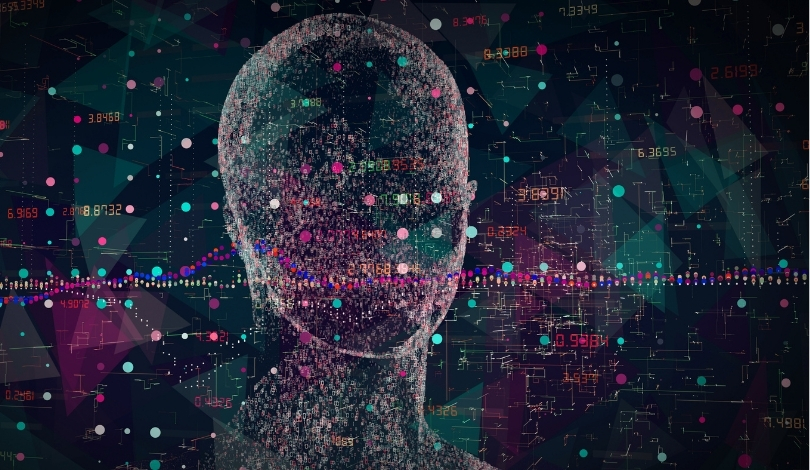Elon Musk’s xAI has initiated the training of its artificial intelligence models at a newly established supercomputing center in Memphis, Tennessee. This development marks a significant milestone for the startup, which aims to rival major AI players such as OpenAI and Microsoft. The facility uses thousands of Nvidia GPUs to train new versions of xAI’s chatbot Grok, and the rapid setup reflects the company’s aggressive strategy in the competitive AI landscape.
Quick Setup of Memphis Supercomputing Center
Elon Musk highlighted the swift progress at the Memphis supercomputing center, noting that training began just 19 days after installation started. This rapid deployment, witnessed on July 22, 2024, is reportedly the fastest setup for a supercomputer to commence training. The facility is currently utilizing eight megawatts of power, with plans to expand to 50 megawatts by August 1, and eventually to 150 megawatts by 2025, pending Tennessee Valley Authority approval.
Challenges and Future Plans
Despite these advancements, xAI faces significant challenges as it tries to catch up with established AI giants. Musk remarked that the company is several years behind competitors like OpenAI, who have been in the field for up to two decades. Nonetheless, xAI is pressing forward with the sequential training of its Grok chatbot models. Grok 2 has been trained on 15,000 Nvidia H100 GPUs and is slated for release in August, while Grok 3, trained on 100,000 GPUs, aims to be the most powerful AI by December.
In earlier developments, xAI had raised $6 billion in venture funding in 2023, which valued the company at $24 billion. While this is a substantial achievement, it underscores the competitive pressure from other AI firms. Previous reports indicate that xAI’s aggressive hiring practices and strategic collaborations with companies like Nvidia are pivotal to its growth strategy. These initiatives reflect a broader industry trend where AI firms invest heavily in infrastructure and talent to develop advanced AI models.
The rapid progress of xAI’s Memphis facility and its ambitious plans highlight the competitive nature of the AI industry. The company’s quick setup and extensive investment in GPU resources illustrate its commitment to becoming a leading player. While competitors like OpenAI and Microsoft have a significant head start, xAI’s focused strategy on infrastructure and human capital development could enable it to close the gap. Future developments and expansions will determine how effectively xAI can challenge established AI giants.










